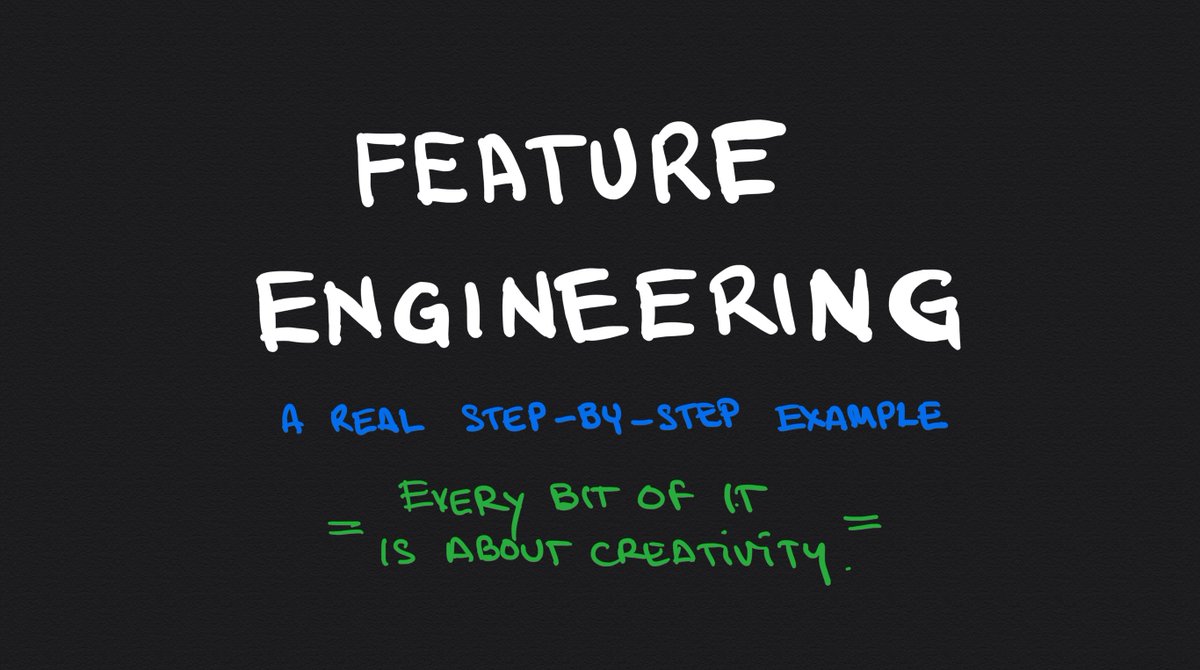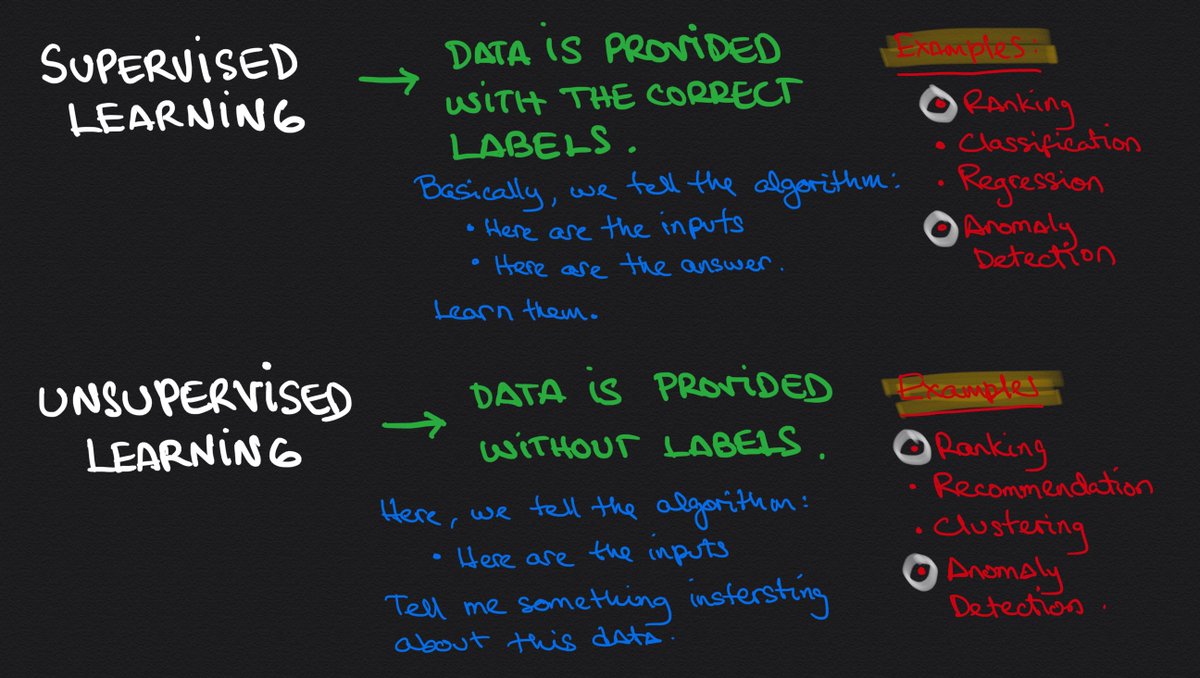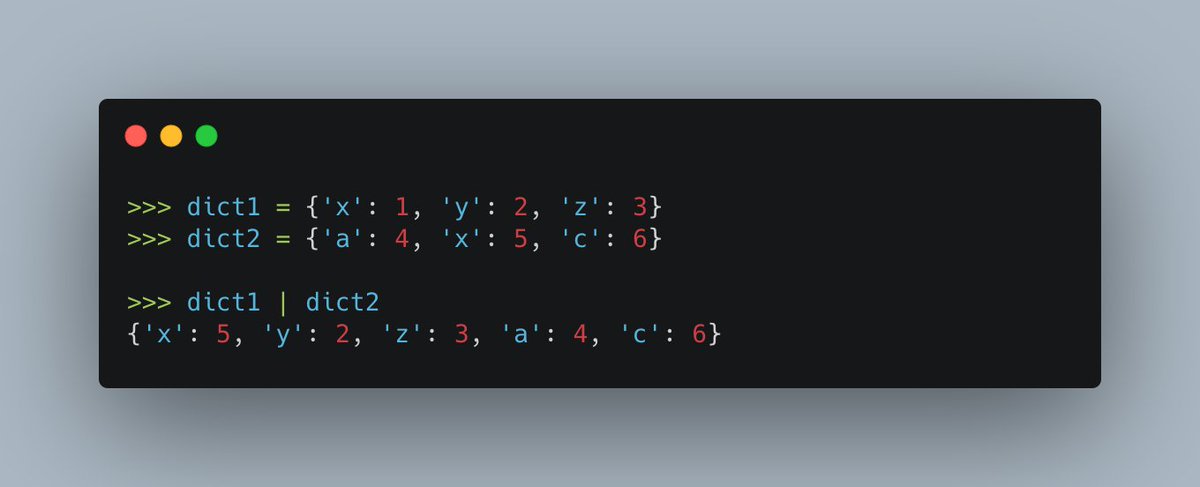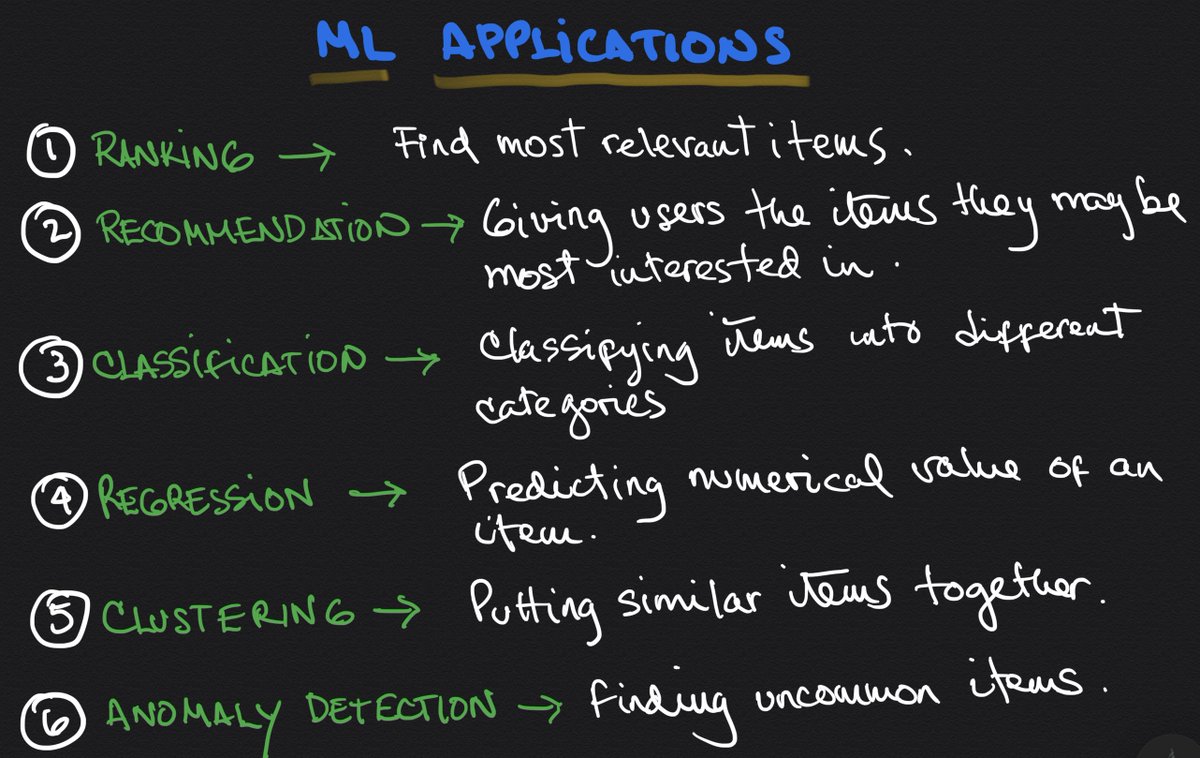
A real-life Machine Learning solution that works.
Here is a breakdown of every piece and how they work together.
🧵👇
Here is a breakdown of every piece and how they work together.
🧵👇
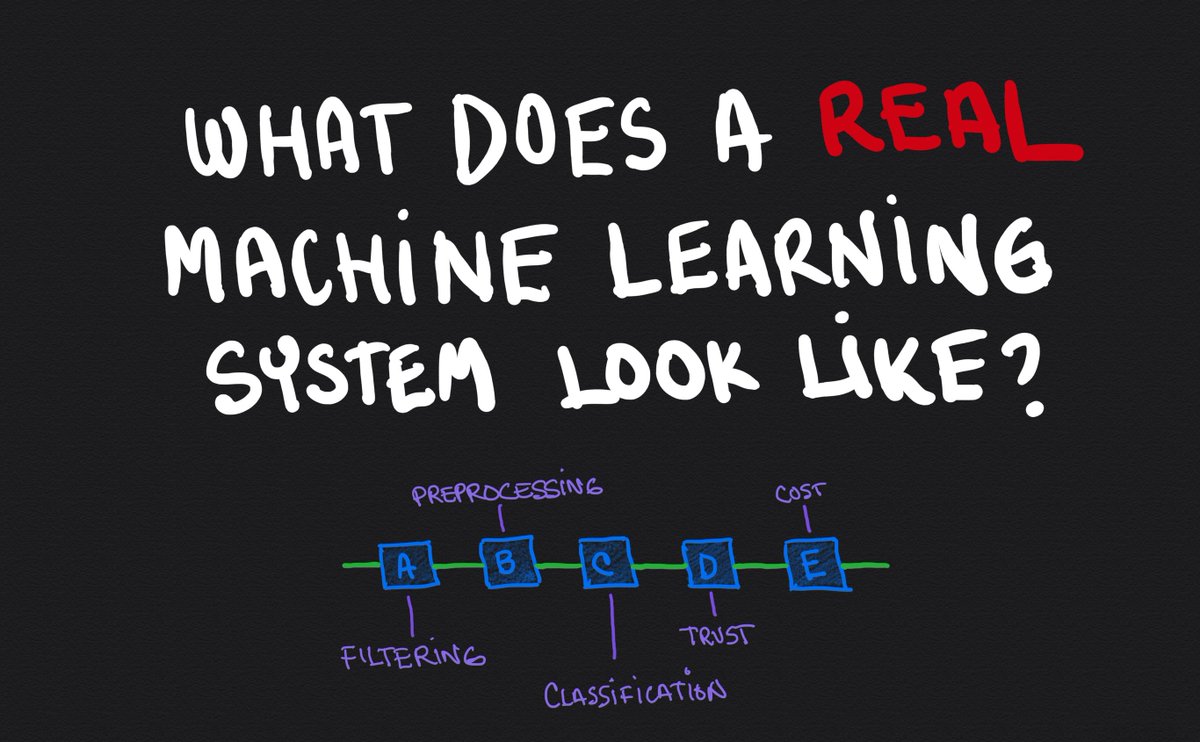
There's a website.
Users upload a group of pictures of an item and select the category it belongs to.
The system returns how much money the item is worth.
👇
Users upload a group of pictures of an item and select the category it belongs to.
The system returns how much money the item is worth.
👇
Before:
▫️A group of people reviewed the pictures submitted by the user and decided how much the item was worth.
Today:
▫️The system quotes some of the items automatically (some still have to go through humans for a quote.)
👇
▫️A group of people reviewed the pictures submitted by the user and decided how much the item was worth.
Today:
▫️The system quotes some of the items automatically (some still have to go through humans for a quote.)
👇
1⃣ Model A
Every picture sent by the user is taken through Model A that decides which of those are useful to the system.
Model A acts as a filter, discarding pictures that don't resemble a useful item.
👇
Every picture sent by the user is taken through Model A that decides which of those are useful to the system.
Model A acts as a filter, discarding pictures that don't resemble a useful item.
👇
2⃣ Model B
Those pictures that make it past the filter are taken through Model B which decides whether some preprocessing is needed to increase the likelihood of a good result.
Depending on the results of this model, the necessary transformations are performed.
👇
Those pictures that make it past the filter are taken through Model B which decides whether some preprocessing is needed to increase the likelihood of a good result.
Depending on the results of this model, the necessary transformations are performed.
👇
3⃣ Model C
Each item belong to a category. For example: "phone", "tablet", "computer", etc.
For each category, Model C is in charge of predicting the specific model of the item.
For example, for a phone, the model could predict "iPhone 8" or "Galaxy 5."
👇
Each item belong to a category. For example: "phone", "tablet", "computer", etc.
For each category, Model C is in charge of predicting the specific model of the item.
For example, for a phone, the model could predict "iPhone 8" or "Galaxy 5."
👇
The system supports around 30 different categories.
This means that there are about 30 different versions of Model C, each one specializing in determining the model of the item submitted.
👇
This means that there are about 30 different versions of Model C, each one specializing in determining the model of the item submitted.
👇
4⃣ Model D
After knowing the model of an item, Model D decides whether or not we should trust that prediction in the first place.
This model looks at past performance and determines the likelihood that a specific prediction is correct.
👇
After knowing the model of an item, Model D decides whether or not we should trust that prediction in the first place.
This model looks at past performance and determines the likelihood that a specific prediction is correct.
👇
If Model D is not confident in a prediction, the item will get sent to the group of people that will manually determine the item's worth.
If Model D is confident, the item continues moving through the pipeline.
👇
If Model D is confident, the item continues moving through the pipeline.
👇
5⃣ Model E
At this point, Model E determines the item's worth.
This model uses data about historical orders, demands, returns, etc. to determine how much money should be attached to the item.
The result of this model is presented to the user.
👇
At this point, Model E determines the item's worth.
This model uses data about historical orders, demands, returns, etc. to determine how much money should be attached to the item.
The result of this model is presented to the user.
👇
In summary:
Five different (types of) Machine Learning models working together to solve a problem.
This makes up for a very interesting dynamic to train, deploy, and monitor the solution.
I'll cover that in a different thread.
Five different (types of) Machine Learning models working together to solve a problem.
This makes up for a very interesting dynamic to train, deploy, and monitor the solution.
I'll cover that in a different thread.
• • •
Missing some Tweet in this thread? You can try to
force a refresh

